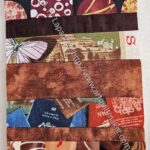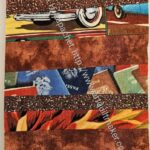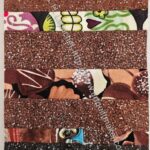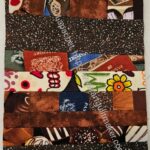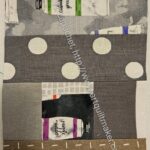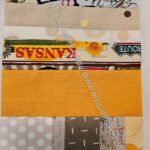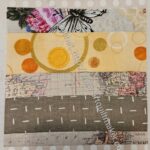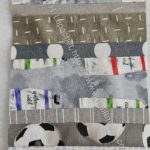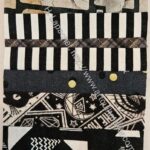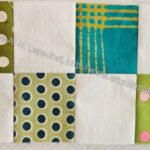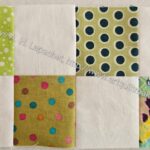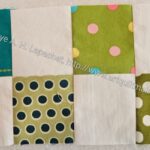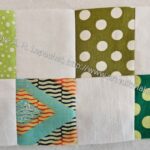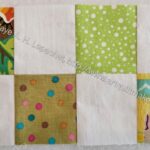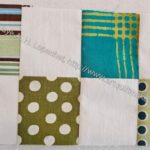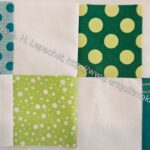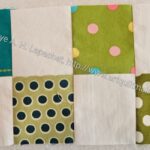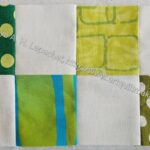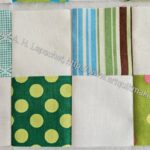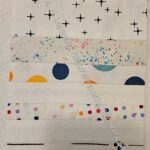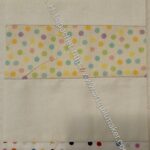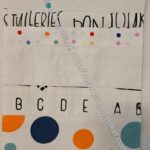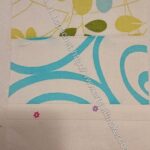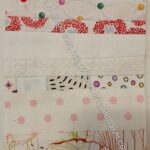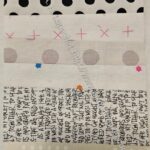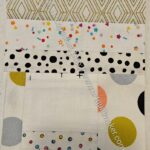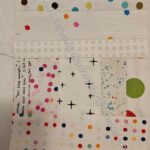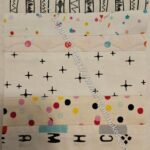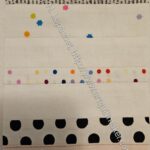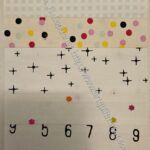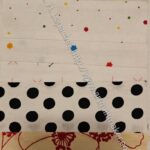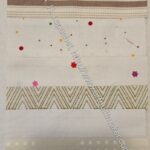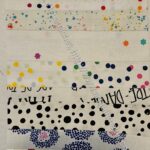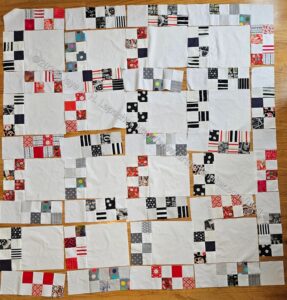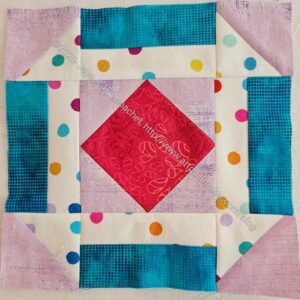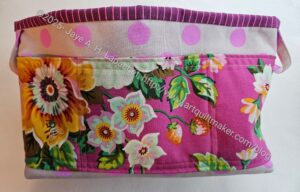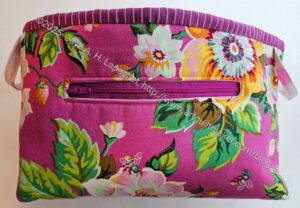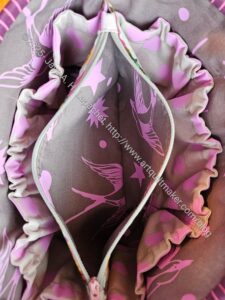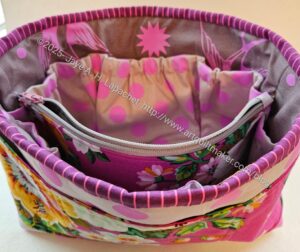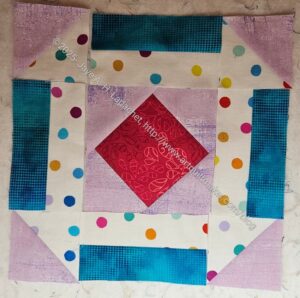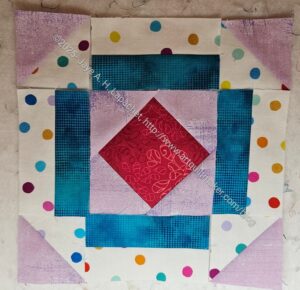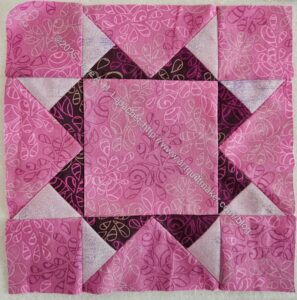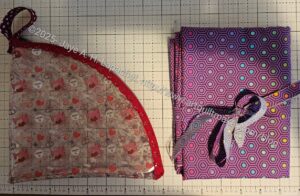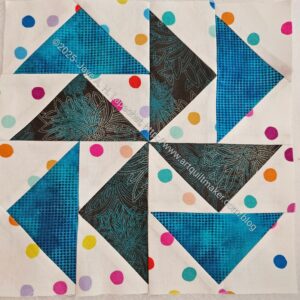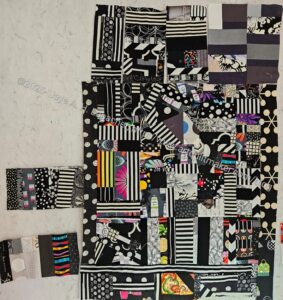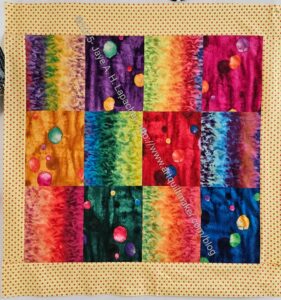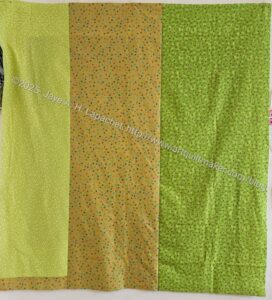Finished September 2025 Quilt Projects
No quilt finishes this month.
Finished (for me!) September Donation Quilts
- Black Improv donation top and back
- Sidewalk #4
Finished Bags and Small Projects for September
Projects Ready for Quilting / In the Quilting Process
Projects In the Finishing Process
I had to change this from “July Projects In the Finishing Process” to just “Projects In the Finishing Process”, because the projects might linger here for a few months.
- none yet
All the WIPs
WIPs are projects on which I am working. This means that I am past the cutting out of pieces stage, some sewing has taken place.
- Country Revival – I have started piecing, but am holding off on the trimming for now while I decide about the ruler.
- La Passacaglia – I am working on the border, but need to work more and harder
- Pantone Project – it has been nearly a year (where does time go?) since I worked on this. I need to get back to it.
Cut Out & Stopped
- EPPic – This is all cut out and I have made tiny steps towards starting
- Oxbow – SueS is organizing a Sew Day at her house to help us all finish our bags. It won’t be until the Fall so it gives me time to make some progress
- Rose Petrillo bag – I found the pieces for this bag cut out, but not sewn.
Still UFOs
I still have UFOs. Who doesn’t, after all? A project in the ‘UFO’ category means I am stalled, it hasn’t been worked on in awhile or it is waiting its turn to be worked on. The list is a lot shorter and the projects are newer, for the most part.
I am annoyed that some of these are still UFOs. I have to give myself credit for completing some of them last year.
-
- Self Portrait: started in 2006 at a class at Quilting Adventures in Richmond, Virginia. After a brief burst of inspiration, I am stalled on this again. As one of my oldest (I am pretty sure) UFOs, I put it on my blog and out into the Twitterverse and Diane suggested that I not consider this as a self portrait. I think that strategy is a great idea. I am now trying to think of a new persona for her.
- Serendipity Lady – I am still planning to take this piece to be framed. It might need a bit of quilting first.
- Fabric of the Year 2020
- Fabric of the Year 2021 – I may combine 2020 and 2021 into a COVID edition.
- Fabric of the Year 2022 – yes, I added this one to the list, but this is the last one I plan to do.
- Stay Tuned
Thank you for reading!











